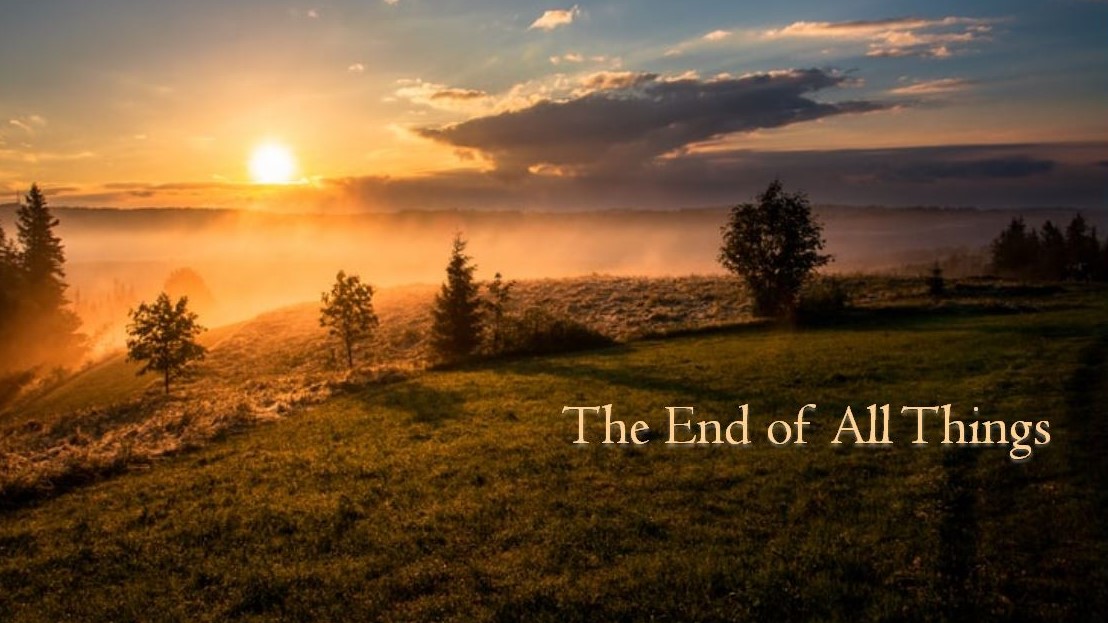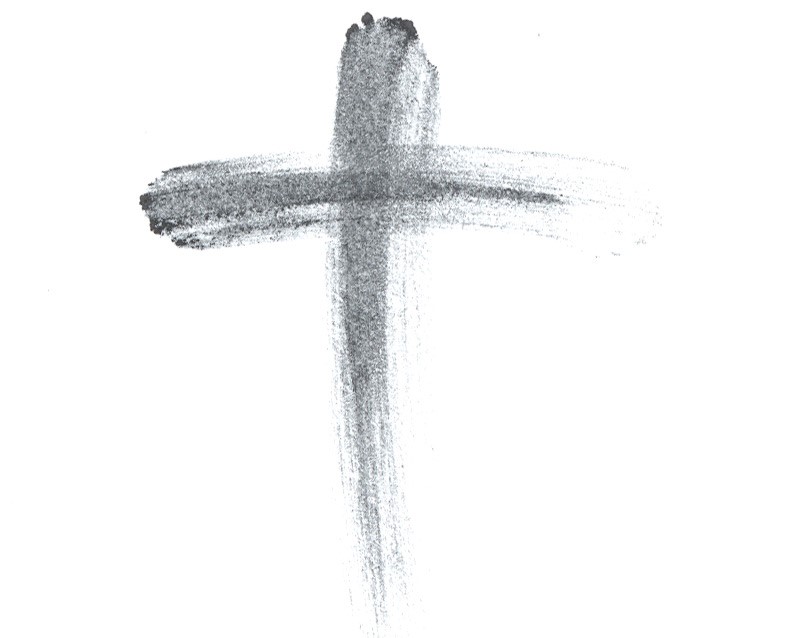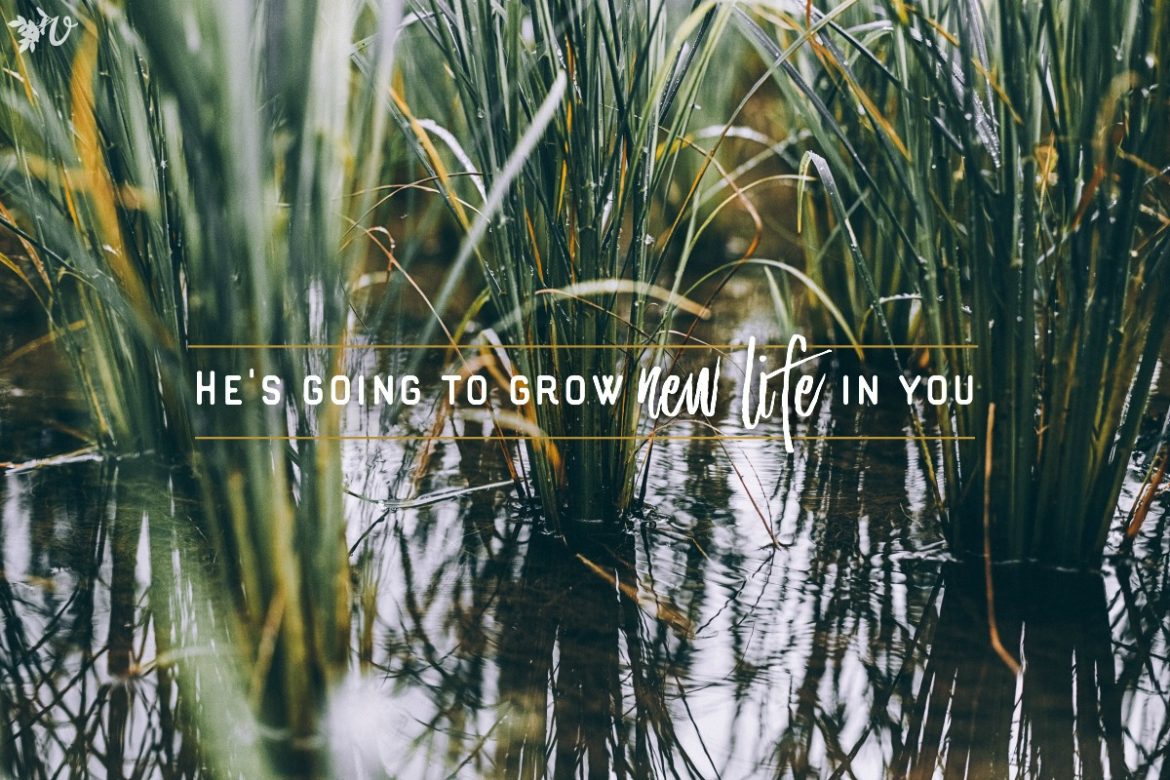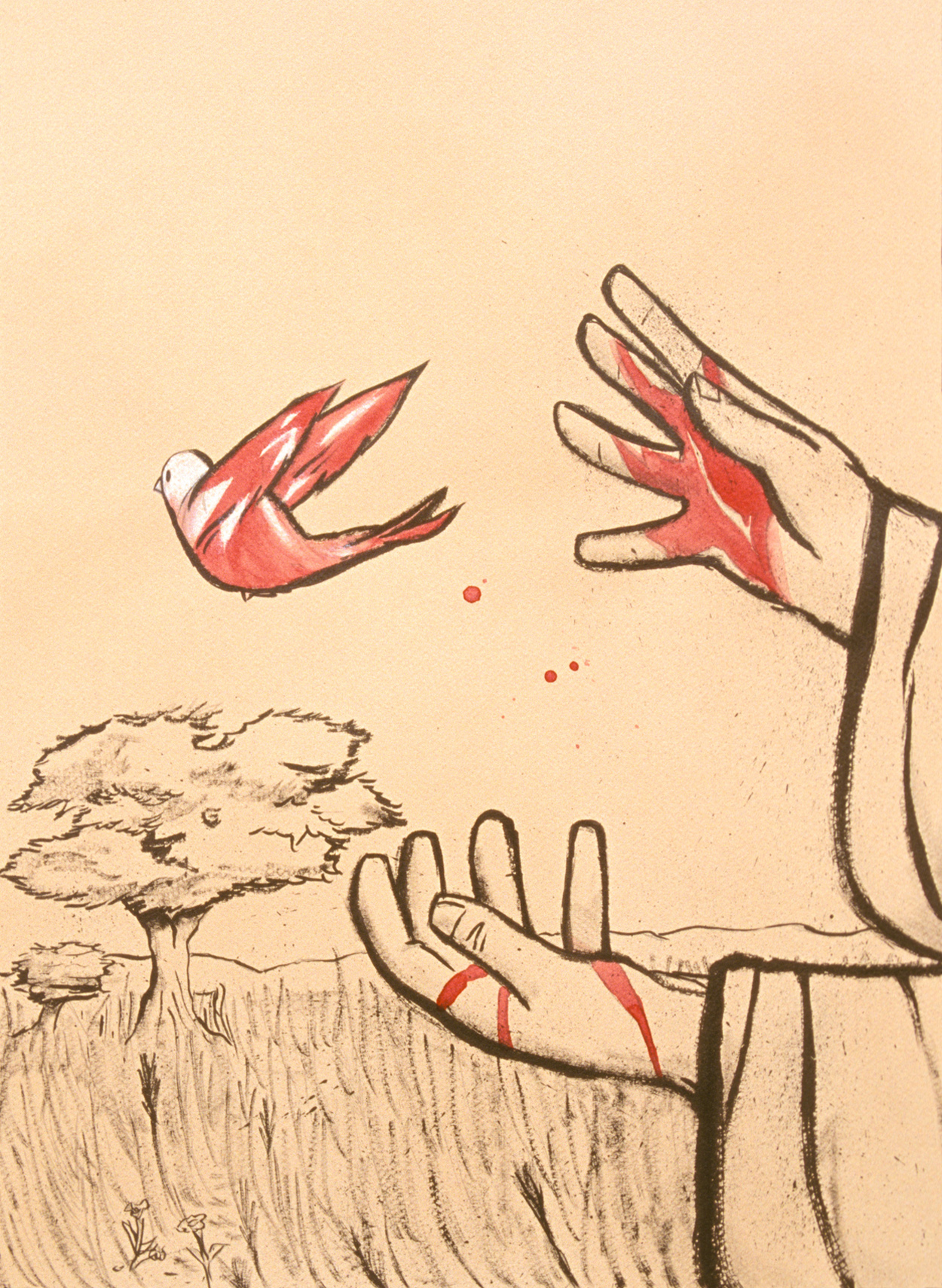I went to Ash Wednesday service this week expecting to meet God. I always do — in unexpected ways. I can never predict the moment God will show up and the tears will fall. The part of the liturgy that touched me the year before inevitably feels dry to me a year later.
But I’ve done this enough that I know God will show up. Even if we are more than halfway through the service and I haven’t encountered Him yet, I know He will draw near to me.
That night I experienced several of these moments. The imposition of ashes, of course, when we remembered that we are dust, and to dust we shall return. When we sang “Lord Have Mercy.” When we begged God repeatedly, “Holy Lord, hear our prayer.”
And when we sang the first verse of “Jesus Paid It All”: I hear the Savior say, “Thy strength indeed is small. Child of weakness, watch and pray, find in me thine all in all.” Because I know my strength is small, and I am weak without Him.
But most of all for me that night, was the moment in the middle of a worship song whose name I can’t remember, that God reminded me of Galatians 5:7-8. On Tuesday and Wednesday I had a deep, dark flare of anxiety and OCD (obsessive compulsive disorder). I had been doing so well, and the intensity of this relapse surprised and frightened me.
So I turned to the text. Here it is in the New Living Translation:
“You were running the race so well. Who has held you back from following the truth? It certainly isn’t God, for he is the one who called you to freedom.”
And here are verses 1-3 in The Message:
“Christ has set us free to live a free life. So take your stand! Never again let anyone put a harness of slavery on you. I am emphatic about this. The moment any one of you submits to circumcision or any other rule-keeping system, at that same moment Christ’s hard-won gift of freedom is squandered. I repeat my warning: The person who accepts the ways of circumcision trades all the advantages of the free life in Christ for the obligations of the slave life of the law.”
[I love Paul. The way I love Paul borders on the ridiculous.]
I was discouraged because I had been running the race so well. The days had been good, and I was full of joy. And then what happened? It was like all of that goodness and grace just disappeared, poured right down the drain.
In case you don’t know what anxiety or OCD feels like, it certainly feels like a harness of slavery. And OCD is a definite rule-keeping system. I don’t want to trade my free life in Christ for the obligations of the slave life of the law.
So what is holding me back when I relapse? Maybe it’s the brokenness of my own brain, or the forces of evil in the spiritual realms. Maybe it’s living in a fallen and unpredictable world. Maybe it’s some aspect of soul care or body care that I’ve neglected. Maybe it’s all of it together. Maybe I’ll never know.
But this one thing I know: it’s not God. God is the One calling me to freedom. He’s not the One holding me back or “hindering” me, as the ESV puts it. The Message tells us: “This detour doesn’t come from the One who called you into the race in the first place.” No, the God who called me didn’t design that detour. What He wants to give is life full and free, satisfying and abundant.
And that freedom was what I had on Thursday — because I went to Church the night before. That’s not all I did, of course. Before that I had gone back to bed to cry extra hard. That wore me out so much I needed a nap. Then in an effort to manage the anxiety, I exercised as hard as I could. After that I went to church, where I smiled and made sweet small talk with people, because I knew the good stuff was coming when I entered that sanctuary.
I wasn’t ok, and I knew it, and I needed God to sit with me in the mess. And meet me He did, through the words of Paul and the words of the hymns and the words of the liturgy.
Because a relapse is not the end of the story. That’s what I tell girls struggling through eating disorders, and it’s what I needed to be reminded of last night. A relapse doesn’t mean that no healing has happened. It doesn’t mean that recovery is over. It actually means lots of progress has been made; a relapse wouldn’t feel so awful if you hadn’t been making forward movement.
So I relapsed. But I didn’t have to stay in that relapse, spiraling downward and feeling sorry for myself. I could start making good choices again, and I could listen to God when He spoke, and I could let Him encourage my heart.
I am a person in need of deep mercy from God, and so are you. So are we all, for we are all formed from dust. Our Maker knows we are dust, for He is the one who made us and breathed His life into us.
But dust, like relapse, is not the end of the story: for we are a Resurrection people, both now and forevermore. Amen.



